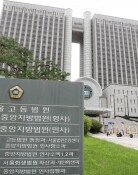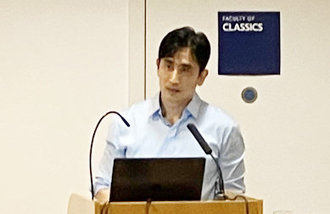Body Talk

In old times, highly piled hair was the symbol of beauty. Women in Chinas Tang Dynasty had a higher-than-30cm hairdo, for which they even used wood or iron wire painted in black. It was the same in the West. In the 18th Century, there used to be a 120cm high wig for women in England.
Hair was also the symbol of freedom and of culture. The Chinese fought against the Manchurian order to cut hair in order to protect hair more bravely than in their fight for the emperor and their country. Sometimes, people risk their head for hair. Only human beings can make such noble and preposterous acts.
The Chinese author reveals humanity through the micro history of each body part such as hair, eyebrows, eyes, noses, body odor, ears, tongue, skin, neck, shoulder, breast, waist, abdomen, knee, and feet.
Books written about the cultural history of the body have mostly focused on the West, but this book, We Are Living Under Skin, published in 2002, criss-crosses East and West from old China to French Literature, from poems in Tang Dynasty to the Academy Award, to collect the history of body.
The books strength lies in its collection of a wide variety of knowledge combined with its literary viewpoint. It covers a wide array of topics, including body parts which have been neglected by other writers.
The author states that the gaze, the oldest weapon of humanity, has a fatal power.
People gathered around Wigae, a handsome man in ancient China, wherever he went. When Wigae, who had a weak body, passed away, there was a rumor that peoples gazes killed him.
After telling the stories of a man in the Chin Dynasty who beat a tiger in a long staring match, and of a giant with glittering eyes in the old history of Serbia, the author also recounts the painful memories of Chinas modern history in relation to the power of gazes.
In the Cultural Revolution, those who were criticized on a platform in a Self Criticism Rally had to endure peoples fierce gazes and pointing fingers. Lao She, a famous literary man, threw himself into a lake on the way back from a rally. The author explains that he had only the courage for death left after his life force was consumed before peoples fierce gazes.
The author says that his book was written not as a research paper or report but as literature, a romance dedicated to humanity whose limit is unknowable.
The reader will nod as he reads the authors description of each body part. The author describes the abdomen as, The bodys darkest place where hunger, poverty, and failure dwells, and calls the back, A place like a wide prairie with no strategic stronghold for defense.
Hee-Kyung Kim susanna@donga.com







